In our Field Guide series, we’re offering quick tips you can use on the water to catch more fish on the fly, species-by-species. In this edition: the elusive and misunderstood carp.
One of the most unique and exciting species you can target with a fly rod is a carp. For years, it’s been looked down upon by just about everyone as a “trash fish” not worth chasing. But, that’s beginning to change. Anglers, particularly fly anglers, are pursuing the “golden ghost” more than ever before and it’s exploding in popularity.
Carp are popular on the fly because the methodology resembles hunting almost more than fishing. So much of the technique is in the search and approach instead of the actual fishing—which is why some also compare it to bonefishing. But, when you do connect with a carp, you can expect an epic battle against a strong-willed fish, sometimes exceeding 20 or even 30 pounds.
Because this fish is so unique to target on a fly rod, we’re offering a few tips in this Field Guide to help you chase down this elusive beast.
What is a Carp:
There are several types of carp in the United States (bighead, silver, grass, etc.), but in this article, we’re going to focus on the common carp because it’s the species targeted by fly anglers the most. Most other species are incredibly difficult to target with a fly rod due to their feeding habits—bait fishermen have the most luck.
Technically, the common carp is an invasive species, introduced from Europe’s non-native populations in 1831. As their name implies, they’re warm-water fish found just about anywhere. They’re most easily identified by their golden color, large size, and prominent broad scales. In general, if you see a large fish in very shallow, warm water, it’s probably a carp.

Carp are very intelligent, wily fish, particularly compared to other warm-water species like bass and panfish. This makes for an exciting target for fly anglers, as they’re difficult to approach and just as difficult to fool with a fly.
Where to Find Them:
Carp are extremely prolific in just about any warm-water environment. You’ll find them in nearly every lake, river, stream, pond, and even urban canals across the U.S. They love to feed in shallow water and are best found when they’re “tailing” in weedy, muddy flats. Unlike most freshwater species, you’ll probably see them in plain sight if you’re quiet and attentive.
When to Target Them:
As warm-water fish, carp are best targeted in warmer months, particularly late spring and summer when they’re spawning shallow and feeding shallow as well. In southern climates, however, you can find carp feeding in shallow areas just about any time of the year.
As for the time of day, it’s more about the angler’s accessibility than the carp’s behavior. Because they’re best targeted by sight and require extremely accurate casts, it’s best to target carp when the sun is high overhead so you can spot them easily in the water. It’s not impossible on cloudy days, but strong sunlight definitely makes the hunt easier.
How to Fish For Them:
Carp are an exciting challenge for fly anglers, and incredibly unique as well. As we mentioned, targeting carp is almost more closely related to hunting than it is to fishing. It’s about making the best of prime conditions, knowing where to find good habitat, and then stalking them quietly for the perfect opportunity.
Unlike most fishing, the conditions need to be just right to hook a carp. You most likely won’t hook them unless they’re actively feeding in very shallow water—you may see them cruising in large groups, but they’ll probably ignore you and your attempts to catch them.
So, step one is to find the right fish. Quietly walk the creek/river/lake banks and keep an eye out for tailing fish—this means they have their head down on the bottom and are actively feeding off of small insects, worms, and crustaceans. You may see a fish rapidly flailing their tail, which means they’re spawning and scattering their eggs around. Instead, look for a subtle, deliberate tail movement.

Once you’ve spotted the right carp, approach it slowly and quietly. They’re very smart, wary fish and they’ll easily spook with splashes and overhead movement. Also, do your best to avoid casting a shadow on the water. You’ll need to get close enough to make an accurate cast within a few inches of their feeding path.
Once you’re in position to make a cast, probably as close as 20 or 30 feet, gently cast the fly in the direction they’re feeding and give it a slight twitch to indicate movement. As the carp slowly feeds over the fly, it will most likely take it. The sip will be subtle, so set the hook as soon as you think it’s eaten the fly. Then, hang on.
Carp will fight you like a freight train. They generally will give you one or two good runs towards brush or cover, so do your best to pull back and keep them in open water. Fights against large carp can take a while, so keep constant pressure on them, and don’t assume they’re out of energy.
Gear to Use:
We recommend using a Drifter, Vesper, or Outcast 6-weight, 7-weight, or 8-weight rod when targeting carp, primarily due to their size. The flies you’ll be using are small, but you don’t want to hook into a 20-pounder with an undersized fly rod. The Vesper in any of those sizes will be perfect, able to cast accurately with the amount of feel you need for the carp’s subtle takes. And, if you’re interested in targeting carp in deeper water, be sure to check out our spinning rod, The Rambler, in medium-light action.
Because carp can be shy, you may need to decrease the size of your tippet to as low as a 3x or even a 4x, which means your fighting skills will need to be on-point after setting the hook. A quality reel like the Creede, Ross Animas, or Evolution LTX in 7/8 is also a good idea because larger fish are likely and can take you all the way into your backing. Additionally, because you’ll be stalking wary fish, it’s not a bad idea to wear earth-tone colors or even some camouflage when pursuing carp.
Our Top 5 Flies:
Because carp are bottom feeders, flies are generally small to represent insects and crustaceans. Try turning over rocks and looking in shallow where you’re fishing to identify the right color of fly to use. Here are a few we recommend:
- Hise’s Carpnasty
- Jan’s Carp Tickler
- Cohen’s Shaggin’ Dragon
- Barry’s Carp Bitters
- Mulberry Fly
Some Quick Tips:
- For fish that are holding in deeper water, try resting a small trout nymph (like an electric prince nymph) with bright accents (red, orange, chartreuse, etc.) on the bottom. The carp are probably still feeding, and the bright accent will help you identify your fly. It’s nearly impossible to accurately place the fly and identify a strike with earth-toned flies.
- Carp may congregate under mulberry trees or any tree dropping its fruit in the water, so be on the lookout on the banks as well and try out the Mulberry fly listed above.
- Carp tend to feed in very muddy water, so it may be easiest to stalk from the banks and only enter the water if necessary so you don’t get stuck and flail around.
- If you can approach quietly and use vegetation as cover, you can potentially get close enough to a feeding carp to simply drop the fly in front of it—no long cast needed.
- Pay attention to water levels. Times of fluctuation (drought or flooding) may create new areas of “flats” in our local lake or river that carp will move into to find new food sources.


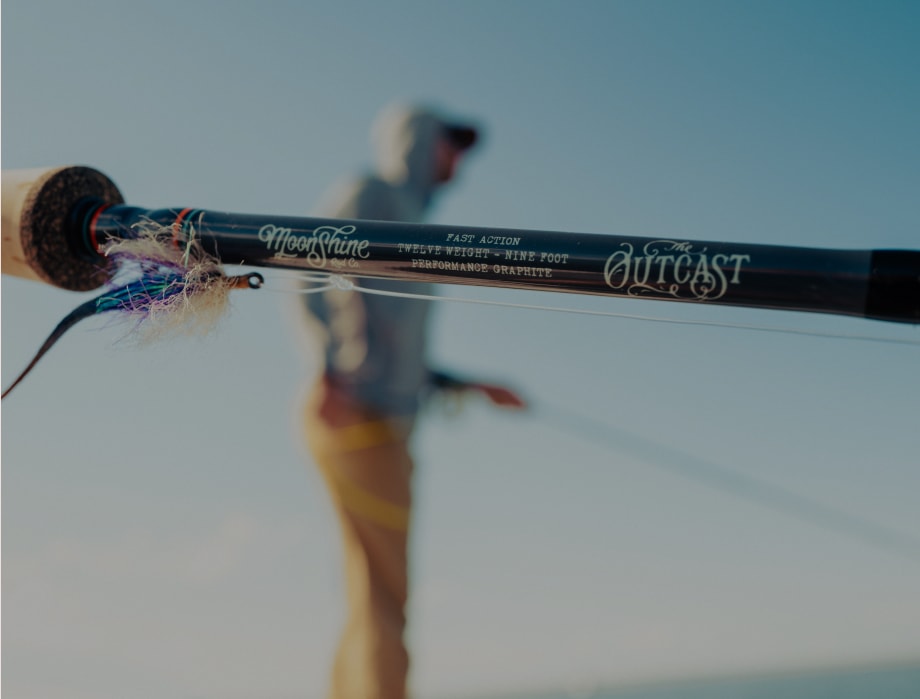
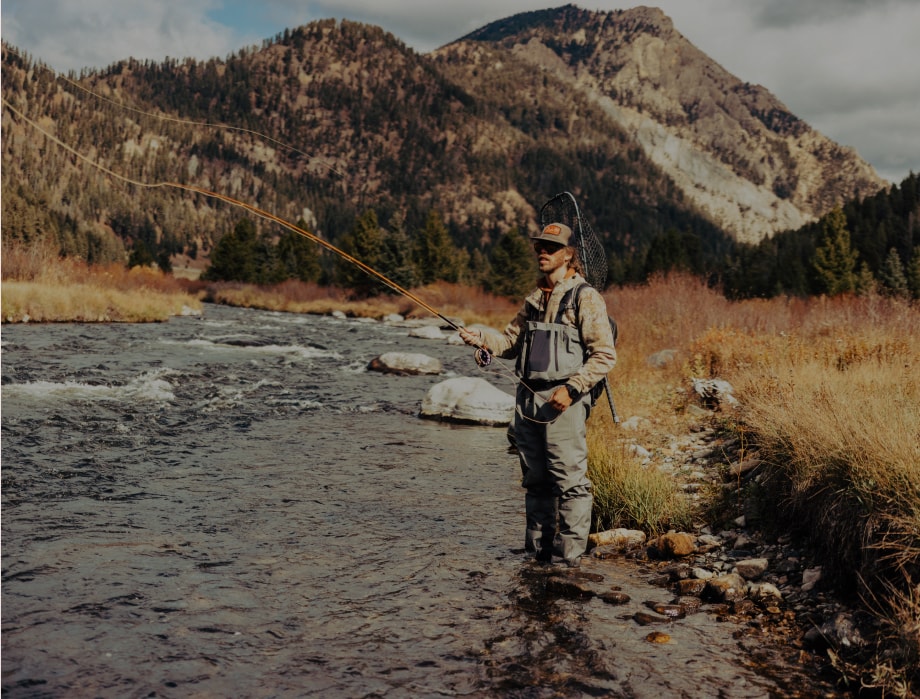
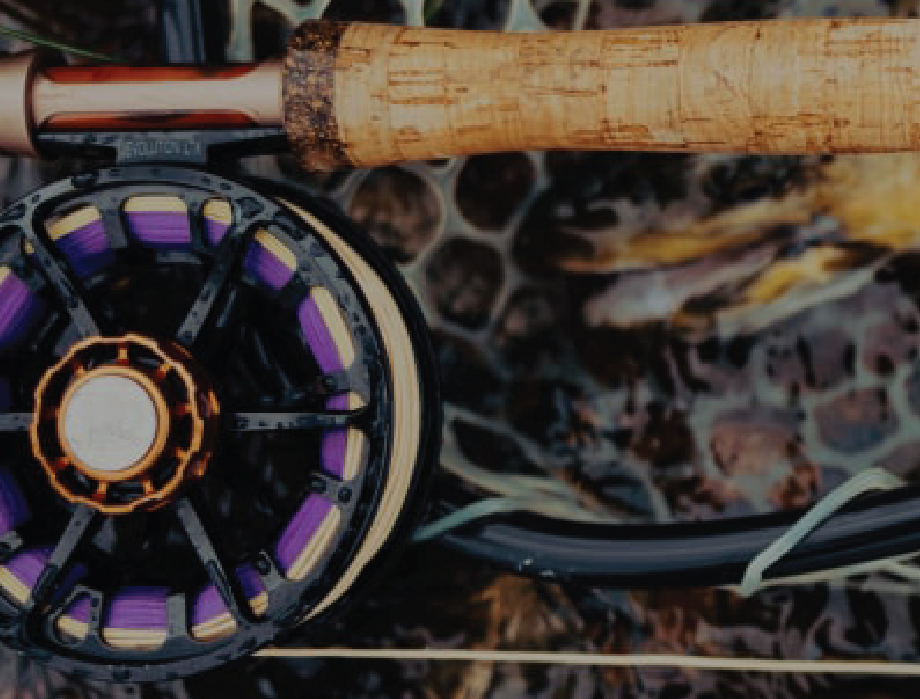


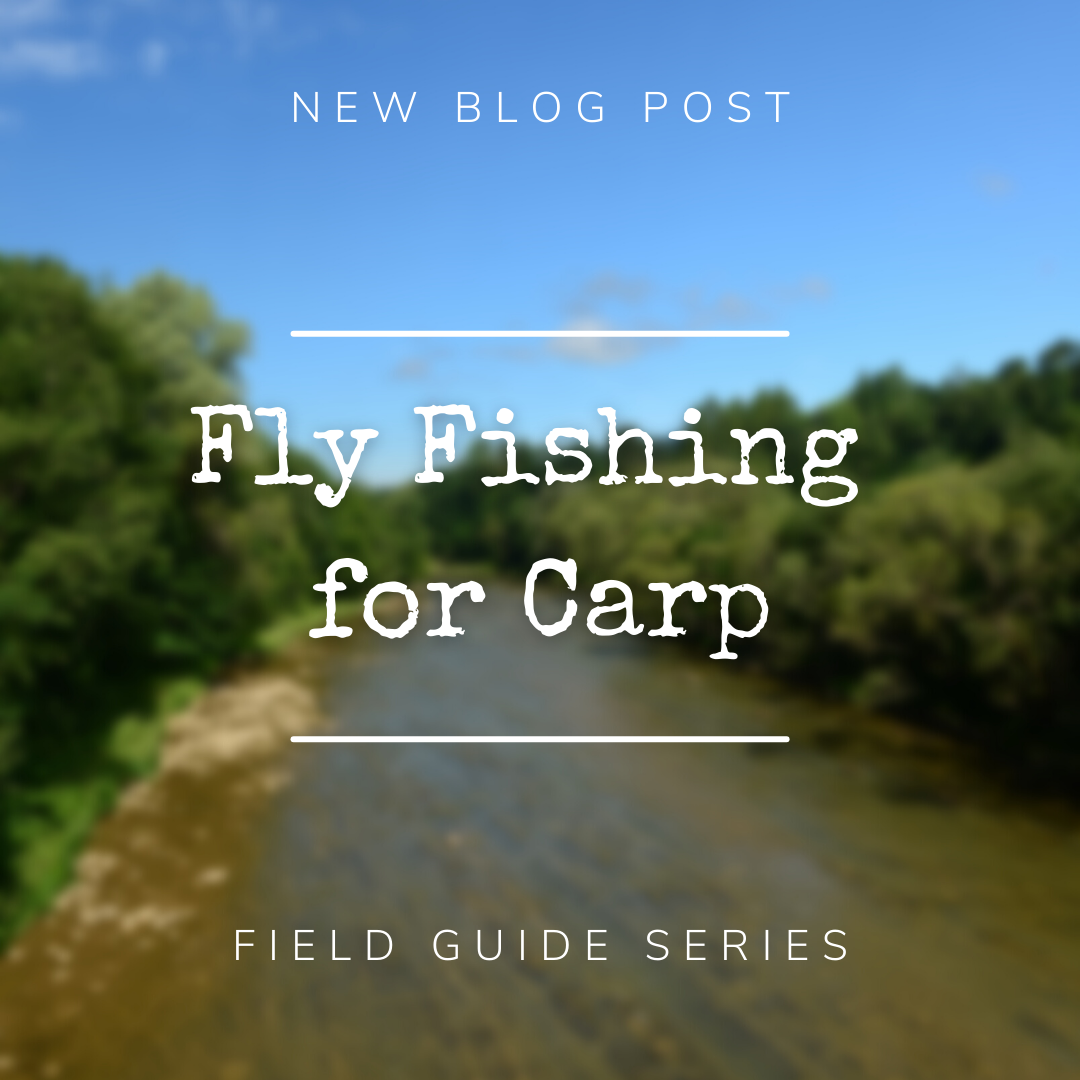
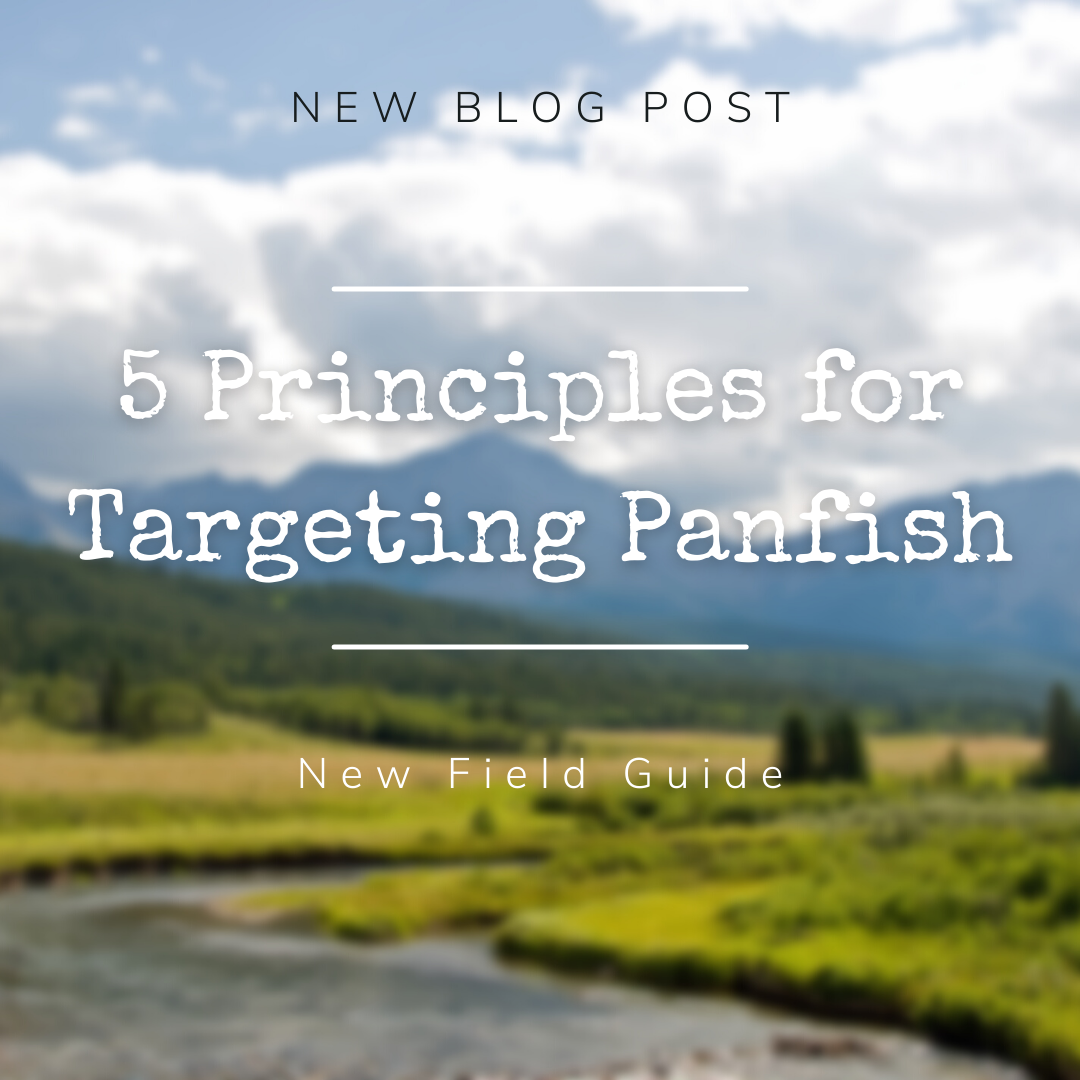

Leave a comment
All comments are moderated before being published.
This site is protected by hCaptcha and the hCaptcha Privacy Policy and Terms of Service apply.